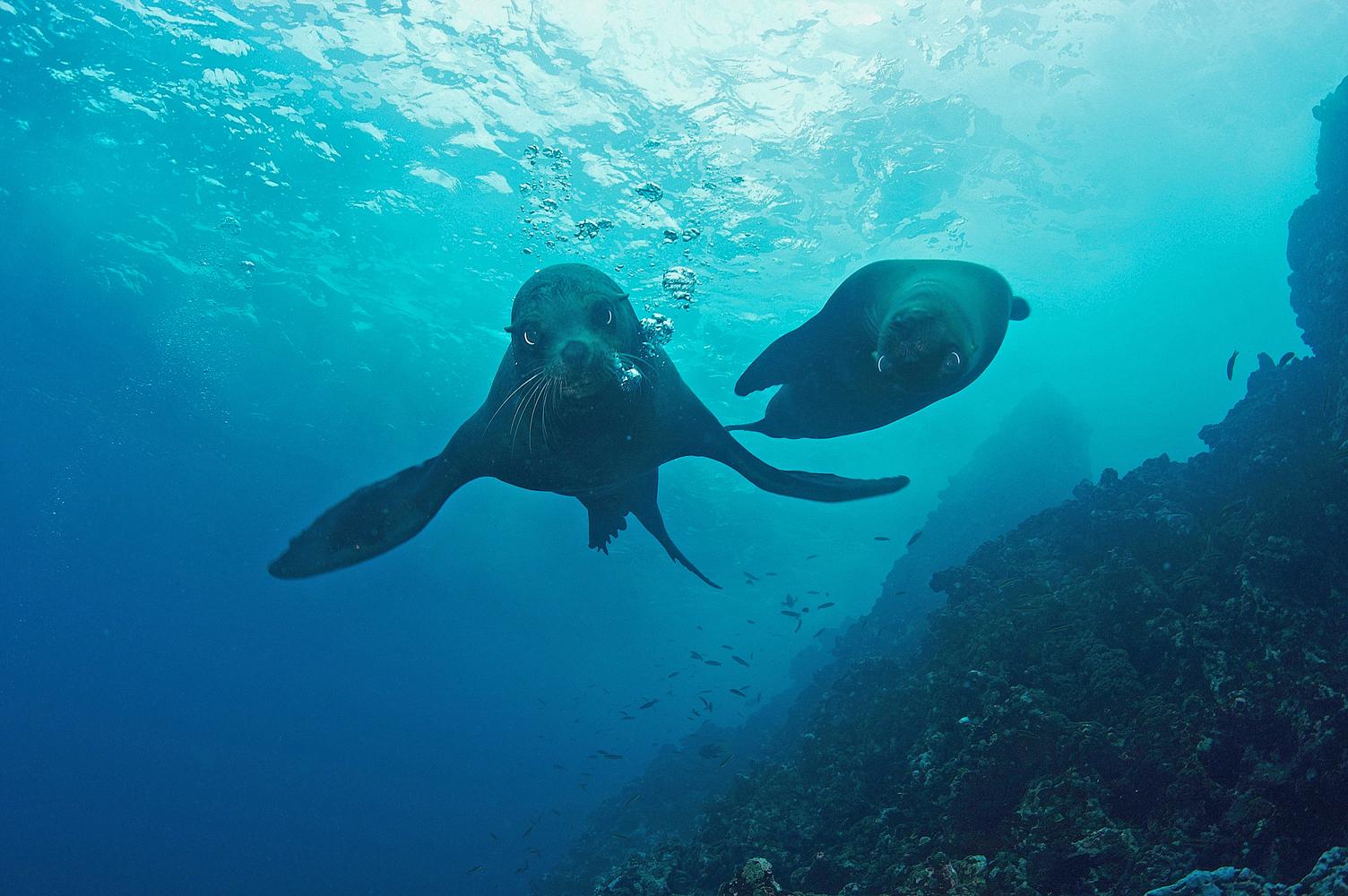Though news headlines about the state of the planet may seem bleak, they don’t always capture the whole story. Right now, around the world, people are working on the ground to protect nature — and achieving significant triumphs that don’t make the news.
Here are three recent conservation success stories you should know about.
1. In Colombia, local communities stand up for their forests
Nestled in the southwest mountains of Colombia, Serranía El Pinche boasts a variety of unique amphibians, butterflies and flowers, as well as some 350 bird species — 18 percent of the country’s total.
However, deforestation driven by the expansion of coca plantations, illegal logging and unregulated fishing over the past decade have ravaged the ecosystem, threatening the wildlife and natural resources that support more than 20 local communities in the area.
Recently, these local communities banded together to protect the nature they depend on by establishing a 7,256-hectare (17,900-acre) regional forest reserve.
The communities are working with Fundación Ecohabitats, a grantee of the Critical Ecosystem Partnership Fund — which is funded in part by Conservation International — to manage the land and adapt to climate change. Ecohabitats has supplied farmers with specially designed greenhouses that allow them to produce food in periods of drought or heavy rain. Additionally, the organization financed the installment energy-efficient stoves in 15 households to reduce demand for firewood and improve the respiratory health of community women, who do the bulk of the cooking.
“It is not only an opportunity to save wildlife; it is a chance for those who seek to change their lives,” said Ecohabitats’ Executive Director Liliana Patricia Paz.
Currently, Ecohabitats is working with the local communities to more than double the area of Serranía del Pinche Regional Protected Forest to span 19,186 hectares (47,400 acres) of land.
The project has been implemented with support from the local Serranía El Pinche Agro-Environmental Association and the regional government.
2. Divers and rangers team up to clean ocean plagued by plastic
Located at the intersection of five major ocean currents, the Galápagos Islands carry cold currents from the south and west and warm waters from the north, creating habitats for some of the planet’s most unique species, including sea lions, blue-footed boobies and green sea turtles.
Unfortunately, these currents also pull in plastic and waste from every corner of the world.
Research shows that ocean pollution can significantly harm marine species and seabirds, who may confuse it for food or get tangled in it.
To prevent this, a team of volunteer divers and park rangers recently removed more than 2 tons (5,000 pounds) of garbage in March from the Galápagos Marine Reserve — a marine protected area nearly half the size of the total land area of Ecuador.
Led by the Galápagos National Park, in partnership with Conservation International, the divers and rangers worked in three of the islands’ largest bays: Academy Bay of Santa Cruz island, Shipwreck Bay on San Cristobal island and Villamil Bay on Isabela island. While the majority of the waste removed was plastic, volunteers also found discarded fishing nets, rusted iron and even boots, according to the Galápagos environmental ministry.
Established in 2017, this annual clean-up program has removed a total of 42 tons (84,000 pounds) of waste. However, with nearly 8 million metric tons of plastic and waste dumped into the ocean every year, it’s going to take more than beach clean-ups to solve the marine plastic pollution problem.
“Nearly 80 percent of the waste that pollutes the sea comes from land, so even if you don’t live anywhere near the ocean, your trash if probably still finding its way there,” said Edgardo Ochoa, the marine and diving safety officer at Conservation International in a recent interview with Conservation News. “Reducing your plastic use is the most effective way to prevent new plastic from entering the ocean. Wherever you can, try to buy products that can be reused many times, such as food storage containers, bags and even face masks.”
3. Fighting fires in Cambodia’s flooded forests
Southeast Asia’s largest lake, Tonle Sap in Cambodia more than quadruples in size during monsoon season, flushing the region with water and life.
Home to more than 1 million people, this floodplain supports one of the world’s most productive freshwater fisheries, providing roughly 500,000 tons (1 billion pounds) of fish each year. Additionally, the flooded forests purify water and buffer communities from storms.
As climate change accelerates, however, Cambodia’s dry season is becoming hotter and lasting longer, leaving these flooded forests parched — and vulnerable to wildfires.
“Sadly, most of these fires are set by humans, and climate change is exacerbating the problem,” explained Nick Souter, a freshwater scientist at Conservation International. “Some are started accidentally as fishers leave cooking fires unattended, while others are started deliberately to clear land for agriculture.”
Regardless of their origins, wildfires can wreak havoc on these floodplains and the species they support — threatening the livelihoods of fishers across the region.
To help control fires, Conservation International recently began a two-year project, with funding from the Critical Ecosystem Partnership Fund, to establish and run a community-based fire management program in three communities within and adjacent to the Tonle Sap.
Through the project, Conservation International experts will help train and equip local firefighters to suppress wildfires in their area, while supplying the resources and technical support necessary to reduce future flames.
“The local people who depend on the flooded forest understand its importance, but don’t currently have the resources and training to fight the fires that threaten their already tenuous livelihoods,” said Souter. “This project will help them manage and protect their land sustainably for future generations."
Kiley Price is a staff writer at Conservation International. Want to read more stories like this? Sign up for email updates here. Donate to Conservation International here.
Cover image: Sea lions, Galápagos (© Conservation International/Tim Noviello)
Further reading:
